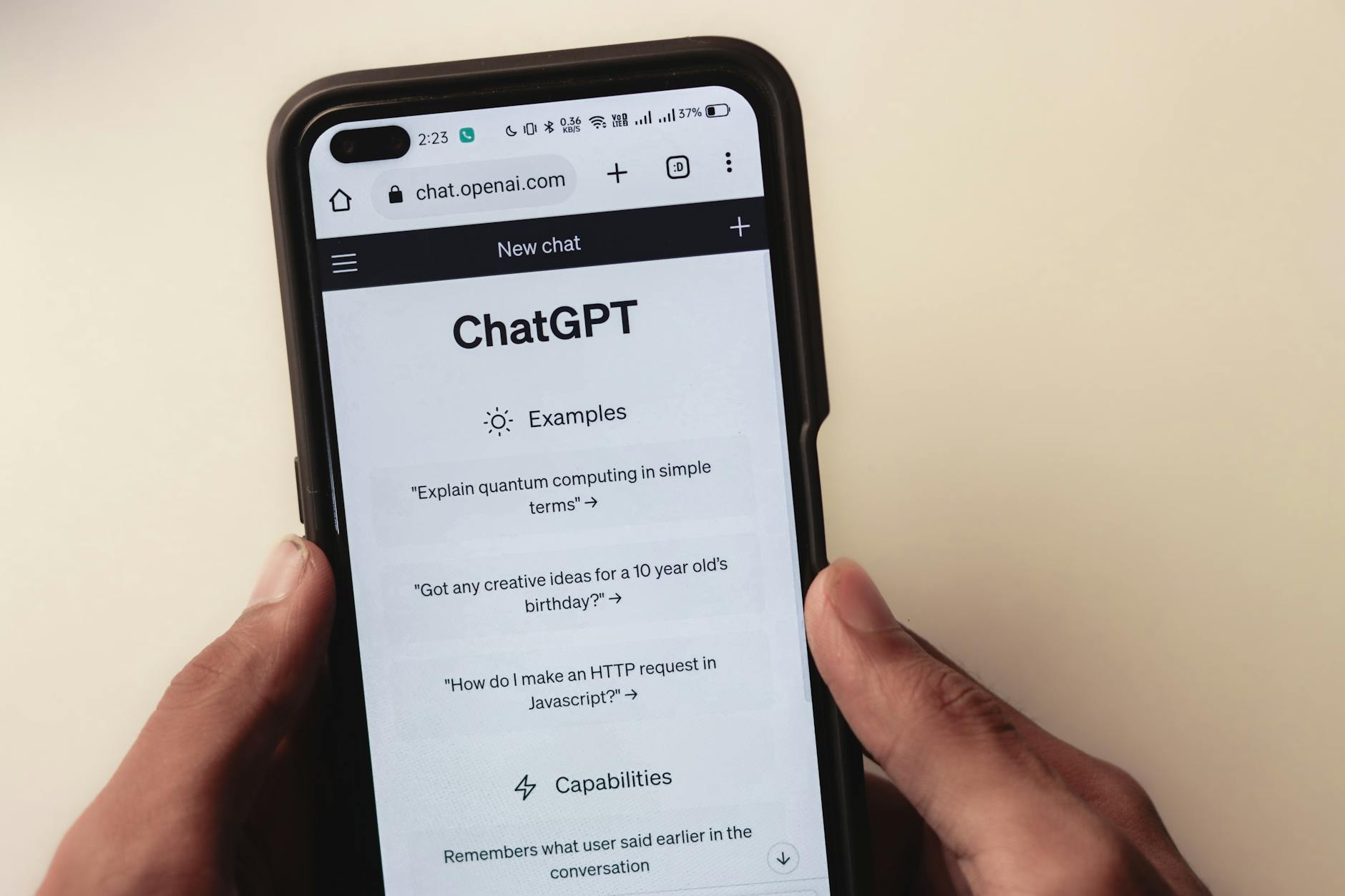The imminent launch of Grok 4 by xAI, announced for a livestream reveal by Tesla and xAI CEO Elon Musk, signals a significant shift in the landscape of artificial intelligence. Grok 4 is not just another incremental update; it is poised to leapfrog over previous models, including its own predecessor Grok 3.5, directly challenging the current frontrunner on AI's leaderboard, OpenAI's GPT series.
According to early benchmarks, Grok 4 has shown exceptional performance, scoring 45% on "Humanity's Last Exam," a sophisticated test designed to measure an AI's proximity to human-like reasoning and general artificial intelligence (AGI). This places Grok 4 well ahead of competing models like Gemini 2.5 Pro, which scored 21%. Additionally, with scores of 95% on AIME'25 and 88% on GPQA, Grok 4 is evidently tailor-made to compete at the top level, marking a pivotal point in AI development. For more detailed insights, see this Decrypt article.
But it's not just about raw scoring power. Grok 4 introduces a dual personality - a general-purpose model and "Grok 4 Code," a variant specifically crafted for developers. This bifurcation could be a strategic move to cater to different segments of AI application, from everyday tasks to complex coding operations. The presence of Grok 4 Code in API listings suggests a targeted approach to capture the developer community by offering a more specialized and effective tool for coding-related tasks.
Moreover, the rumored integration of Grok 4 into Tesla's ecosystem and the development of AI-powered AAA games signal an aggressive expansion of AI use cases. The potential for Grok 4 to be embedded in Tesla vehicles or to lead the creation of sophisticated gaming experiences are bold propositions. These developments would not just enhance product offerings but also shift consumer expectations about what is achievable with AI today.
While OpenAI's forthcoming GPT-5 promises advancements like multimodal capabilities and a massive token context window, Grok 4's immediate availability gives it a distinct market advantage. In an industry where development cycles are rapidly evolving, the ability to deploy an advanced AI model like Grok 4 can provide xAI a critical foothold in both existing and new markets.
xAI's strategic focus seems particularly aligned with delivering immediate utility over futuristic promises. The company's approach to optimizing Grok 4 for speed and efficiency, rather than just scale, speaks to a pragmatic understanding of market needs - especially in real-time applications where performance can be a bottleneck. This philosophy mirrors the nuanced requirements of specific sectors, such as financial technology, where speed and accuracy are paramount. In these domains, platforms like Radom's crypto on- and off-ramping solutions emphasize the critical need for reliability and quick response times, much like the capabilities promised by Grok 4.
The rapid iteration from Grok 1 to Grok 4 also demonstrates xAI's aggressive development timeline, leveraging their significant resources, including a supercluster of 200,000 Nvidia GPUs. This infrastructure not only facilitates faster advancements in AI capabilities but also underscores the intense competition in the sector to claim the title of the most advanced AI.
As we look towards the livestream unveiling of Grok 4, the AI community and broader tech industry are poised on the cusp of potentially transformative developments. Whether Grok 4 will decisively outperform its rivals remains to be seen, but its targeted approach and swift rollout highlight a dynamic shift in how AI models are developed, deployed, and differentiated in an increasingly crowded market.



